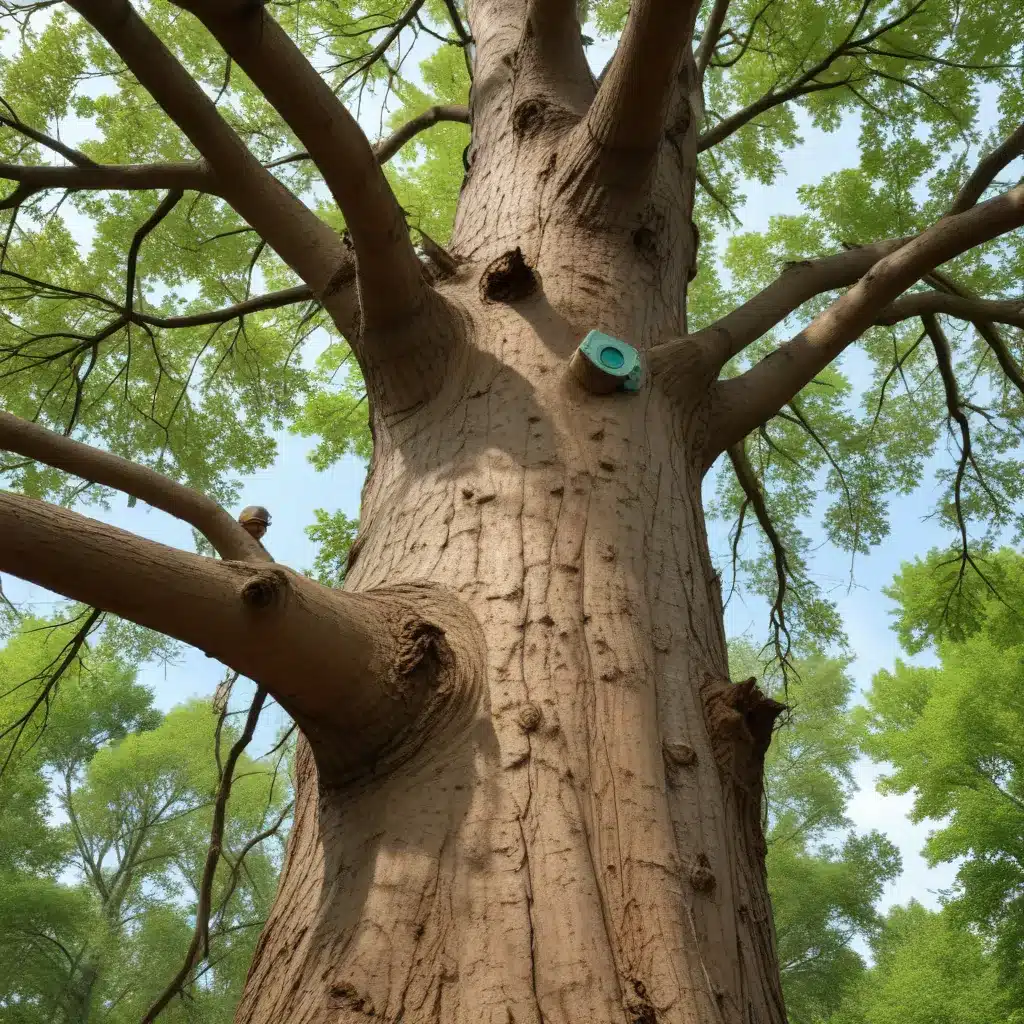
Trees are the vital circulatory system of our landscapes, providing myriad ecological, economic, and social benefits. Yet, effectively managing these natural assets requires a nuanced understanding of the rhythmic cycles that govern their growth and health. As a tree care specialist for TriCounty Tree Care, I’m excited to share insights into unlocking the potential of nature’s cycles through sustainable arboricultural practices.
Principles of Natural Ecosystem Dynamics
Seasonal Rhythms and Tree Growth
At the core of any thriving urban or suburban forest lies the innate cyclical patterns that drive tree development. Phenological cues, such as bud break, leaf expansion, and dormancy, are finely tuned to the ebb and flow of seasonal changes. By respecting these natural rhythms, arborists can time critical maintenance activities – like pruning, fertilization, and pest management – to maximize tree vitality and resilience.
Nutrient Cycling and Soil Health
The vitality of trees is intrinsically linked to the fertility and structure of the soil in which they grow. Nutrient cycling – the exchange of essential elements between the soil, plants, and atmosphere – is a fundamental ecosystem process that sustains long-term productivity. Strategies like composting, mulching, and minimizing soil disturbance can help nurture this vital underground network, ultimately bolstering tree health.
Disturbance Regimes and Forest Resilience
Resilient tree communities don’t just passively respond to their environment – they’ve evolved adaptive strategies to thrive in the face of periodic disturbances. Whether it’s the occasional storm, drought, or pest outbreak, trees have developed mechanisms to recover and regenerate. Understanding these disturbance regimes empowers arborists to foster more resilient urban forests, better equipped to withstand the challenges of a changing climate.
Tree Species Selection for Resilience
Native and Adapted Tree Species
When it comes to cultivating a sustainable urban forest, the foundation lies in selecting the right tree species for the local environment. Native and regionally adapted trees are uniquely suited to the climatic conditions, soil properties, and biotic interactions of a given region, often exhibiting superior disease resistance and drought tolerance. By prioritizing these species, arborists can create landscapes that are intrinsically in sync with nature’s cycles.
Diversity and Functional Traits
Monocultures may be efficient to establish, but they leave urban forests vulnerable to catastrophic losses from pests, pathogens, or environmental stressors. Promoting species diversity – both within and across genera – can enhance the functional redundancy and ecological resilience of a tree community. Arborists should also consider the functional traits of candidate species, such as root architecture, crown shape, and leaf phenology, to ensure complementary ecosystem services.
Climate-Resilient Tree Choices
As the climate continues to shift, arborists must look to the future when planning urban tree populations. Climate-resilient tree species, selected for their ability to thrive under projected temperature and precipitation regimes, can future-proof green infrastructure and provide lasting benefits. Leveraging tools like climate models and plant hardiness zone maps can aid in making informed, adaptive species selections.
Sustainable Arboricultural Practices
Pruning and Canopy Management
Thoughtful pruning practices are essential for maintaining tree health and structural integrity. By timing cuts to align with dormant periods, minimizing wound sizes, and promoting natural branch architecture, arborists can stimulate vigorous growth and reduce the risk of decay or disease. Canopy management strategies, such as crown thinning and reduction, can also enhance light penetration, air flow, and overall tree resilience.
Soil Amendments and Root Care
Healthy, vibrant trees begin with robust root systems. Arborists must look beyond the visible canopy to address the often-overlooked subterranean needs of trees. Soil amendments, like compost or biochar, can improve nutrient availability, water-holding capacity, and soil structure. Techniques such as vertical mulching and aeration can also alleviate soil compaction and encourage root growth.
Integrated Pest Management
Rather than relying on indiscriminate pesticide applications, Integrated Pest Management (IPM) leverages a holistic, ecologically-based approach to controlling pests and diseases. This includes monitoring populations, promoting natural predators, and selectively targeting problem organisms. By working in harmony with nature’s cycles, IPM strategies minimize environmental impacts while safeguarding tree health.
Adaptive Landscape Planning
Site Assessment and Design
Effective tree maintenance starts with a thorough understanding of the local environment. Site assessment techniques, such as soil analysis, microclimate evaluation, and inventory of existing vegetation, provide critical data to inform species selection and landscape design. Arborists can then integrate trees into the broader context of the landscape, considering factors like microtopography, water flow, and human usage patterns.
Multi-Functional Green Infrastructure
Trees are not merely aesthetic elements in the urban landscape – they are integral components of green infrastructure that deliver a diverse suite of ecosystem services. By strategically incorporating trees into stormwater management, urban cooling, and carbon sequestration systems, arborists can amplify the multifunctional benefits of the urban forest. This systems-based approach aligns with nature’s cycles to enhance resilience and sustainability.
Future-Proofing Urban Forests
As the climate continues to evolve, arborists must adopt a forward-thinking perspective when planning and managing urban forests. Scenario planning, informed by climate projections and risk assessments, can help identify vulnerabilities and guide the selection of adaptable tree species and maintenance practices. Diversifying the urban tree canopy and implementing adaptive management strategies will be crucial for ensuring the long-term viability of these vital green assets.
By embracing the principles of natural ecosystem dynamics, strategic tree species selection, and sustainable arboricultural practices, TriCounty Tree Care empowers clients to unlock the potential of their urban forests. Through adaptive landscape planning and a deep respect for nature’s cycles, we can cultivate resilient, multi-functional green infrastructure that will thrive for generations to come. To learn more about our comprehensive tree care services, please visit TriCounty Tree Care.


